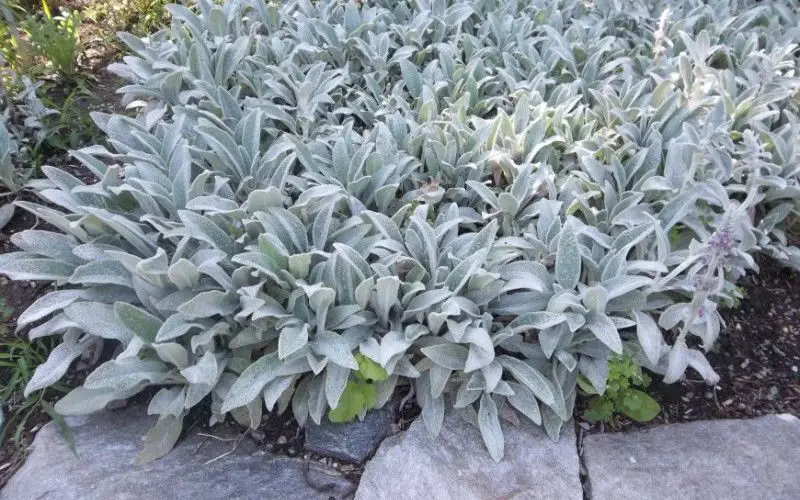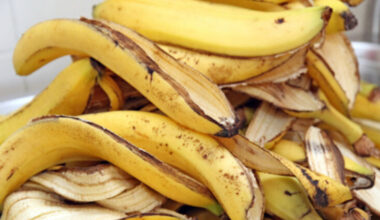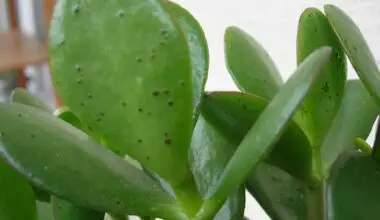“Lambswool plant”, “stachys”, “Lamb’s Ear” … so many names that praise the great softness of the fluffy foliage of this perennial plant. This one indeed appears as a tuft of about fifteen centimeters in height, with spread out branches, a cushion with persistent, oval leaves, covered with a true down which nuances their green color of a silvery tint.
In summer, floral stems, also fluffy, rise above the foliage carrying small tubular flowers, pink to mauve, wrapped in woolly bracts and grouped in ears. If the aesthetics of these flowers is debatable (some raised beds remove the floral stems as soon as they appear, judging that they separate the silhouette of the plant) it is to be retained that they have the interest to be nectarifiers and to attract bees and butterflies.
Contents
Planting Lambswool Plant
Where to plant the Lamb’s Ear
Simple and resistant plant, you can plant your Lamb’s Ear at any time of the year, taking care to avoid frost and drought periods. Appreciating very much the calcareous and well drained grounds, it is nevertheless very tolerant and asks just for the sun!
Bear’s ear can be used as a border, in a massif, as a ground cover, in a dry rock or in a pot, on a balcony for example, to light a composition.
Its good resistance to drought makes Lambswool a plant well adapted to dry gardens, mineral garden and Mediterranean climate.
One can also cultivate it in seaside, and the little care it requires makes it possible to install it in the vacation gardens.
Associate it with blue, pink or white blooms, and with dark green or red foliage, to play on the contrasts of colors.
When to plant Lamb’s Ear
Plant Lambswool in autumn from September to November or in spring from February to April, outside the periods of frost and drought.
How to plant Lambswool Plant
The soil must be well and deeply worked before planting your Lamb’s Ear. Space the plants about 8 to 16 inches apart and count 4 to 5 plants per sq ft for a nice effect.
- Dig a hole 3 to 5 times wider than the rootball and about 20 inches deep.
- Put gravel at the bottom of the hole.
- Place the plant in the center of the hole, without burying the collar.
- Bring back the soil to enclose the roots.
- Cup then water regularly until you start again.
Cultivation and maintenance of the Lamb’s Ear
The Lambswool plant is very undemanding and requires almost no maintenance. Indeed, perfectly resistant to drought, it does not require watering. It also does not require any form of fertilization.
Its tracing rhizomes allow it to spread over time, without ever becoming invasive. The woolly spikeworm forms a ground cover that effectively limits the growth of weeds.
The maintenance of this plant is thus limited to removing the deflowered stems and, if necessary, to remove at the end of winter the few leaves that could have been damaged by frost.
Use in the garden and on the terrace
Lambswool is very resistant to drought and is easily used in Mediterranean gardens, dry rock gardens or mineral gardens. With little maintenance, you can easily install it in a second home garden, as well as on the seaside.
Its clear foliage can be used in borders, in beds or in pots, and you can take advantage of its lining port to dress a slope or a slightly desolate area of your garden. You will associate it with carnations, nigella, peonies, ornamental garlic and grasses for a harmony of colors, but many plants can form with the Lambswool of surprising mixtures: boxwood pruned into balls, purple flowers or foliage.
For a contrast as strong as surprising, intersperse feet of ophiopogon ‘Niger’ whose long and fine leaves of a deep black will be highlighted by the soft foliage and all in roundness of Lamb’s Ear.
How to multiply your Lambswool plant?
Per sowing
The seeds, (2 per flower) are harvested fresh and sown immediately in a garden soil box, at about 68°F, and watered regularly. A direct sowing can be tried if necessary.
By cutting
When the floral stems are removed, instead of cutting them with secateurs, they are pulled: as a result, they come with a piece of slightly rooted rhizome; the upper part of the stem is cut off, to keep only the lower 4 inches showing the root buds. These are buried vertically directly in place, in the garden, spaced 4 inches apart. Recovery is almost assured, after a good watering.
Diseases, parasites and pests
This plant does not undergo attacks of diseases or pests.
It does not need any treatment.
Summary
It is the surprisingly soft, plush-like foliage of this plant that gave it its name. The leaves are very fluffy and oblong, alternate and of a soft green which takes silvery reflections because of the hairs which cover it.
This Lambswool is presented as a small tuft rather covering, this varies according to the varieties, which flowers from late spring to mid-August. Very melliferous, the mauve pink flowers, in ears, are carried by a spike which rises above the leaves.









